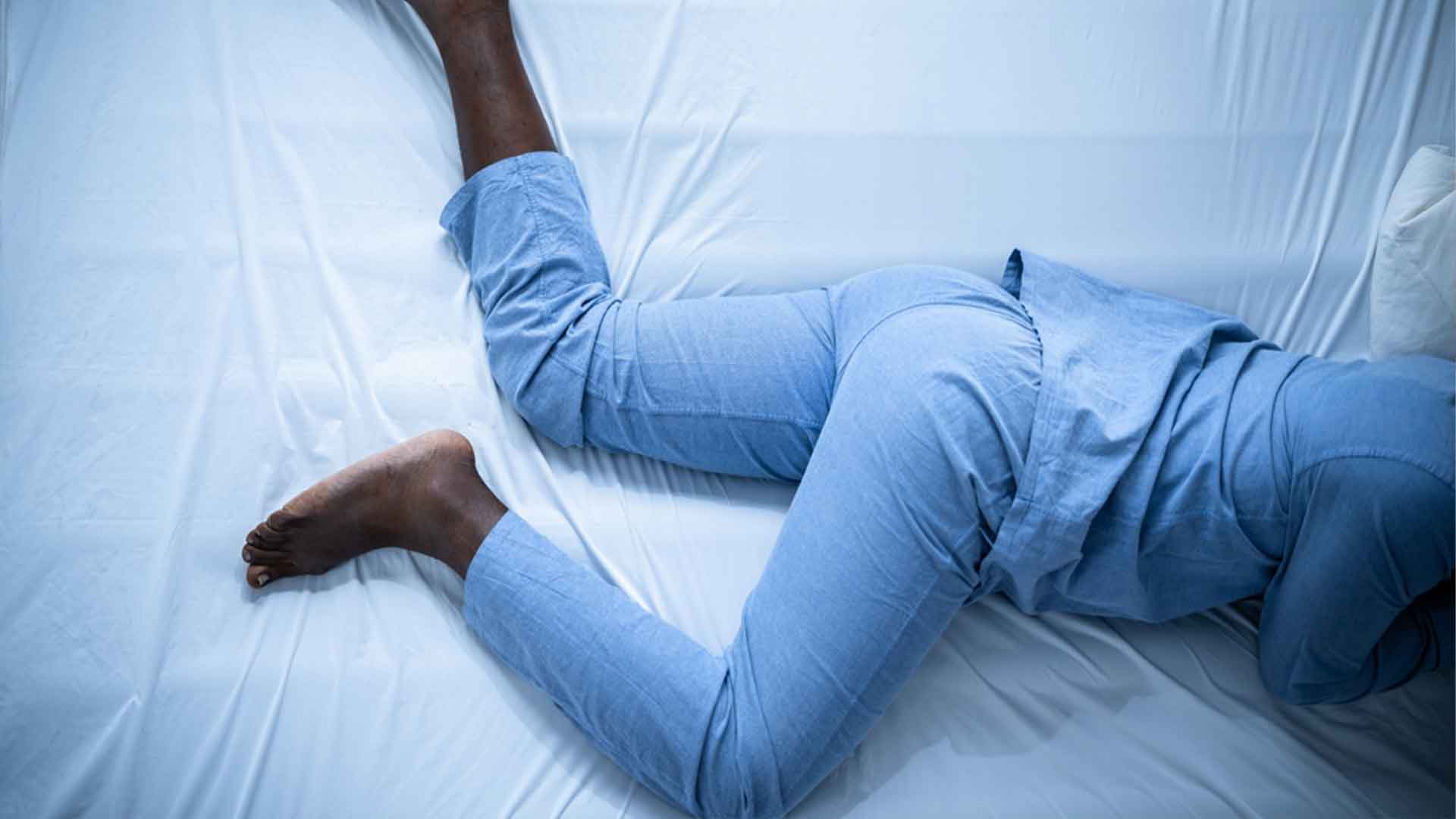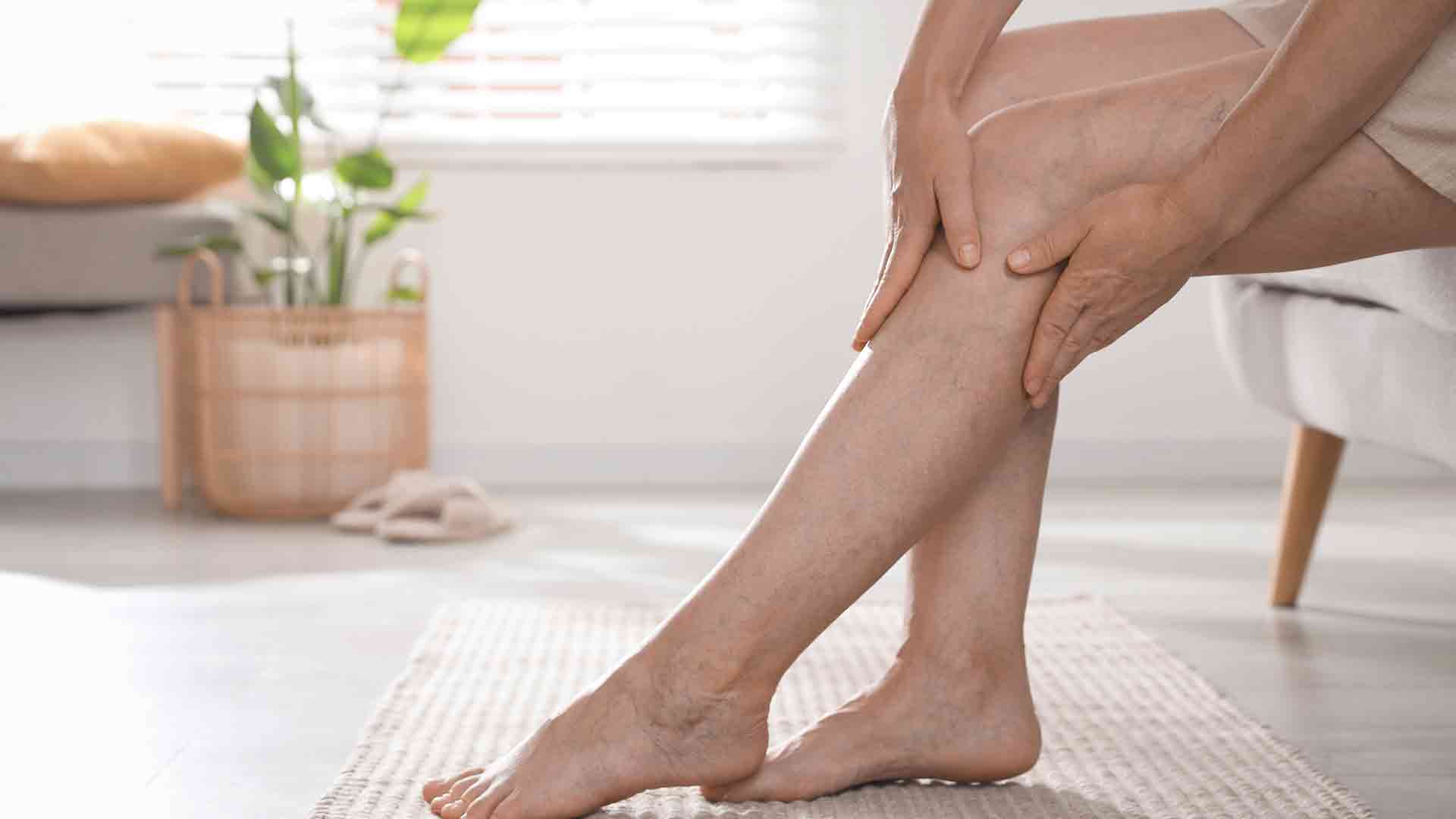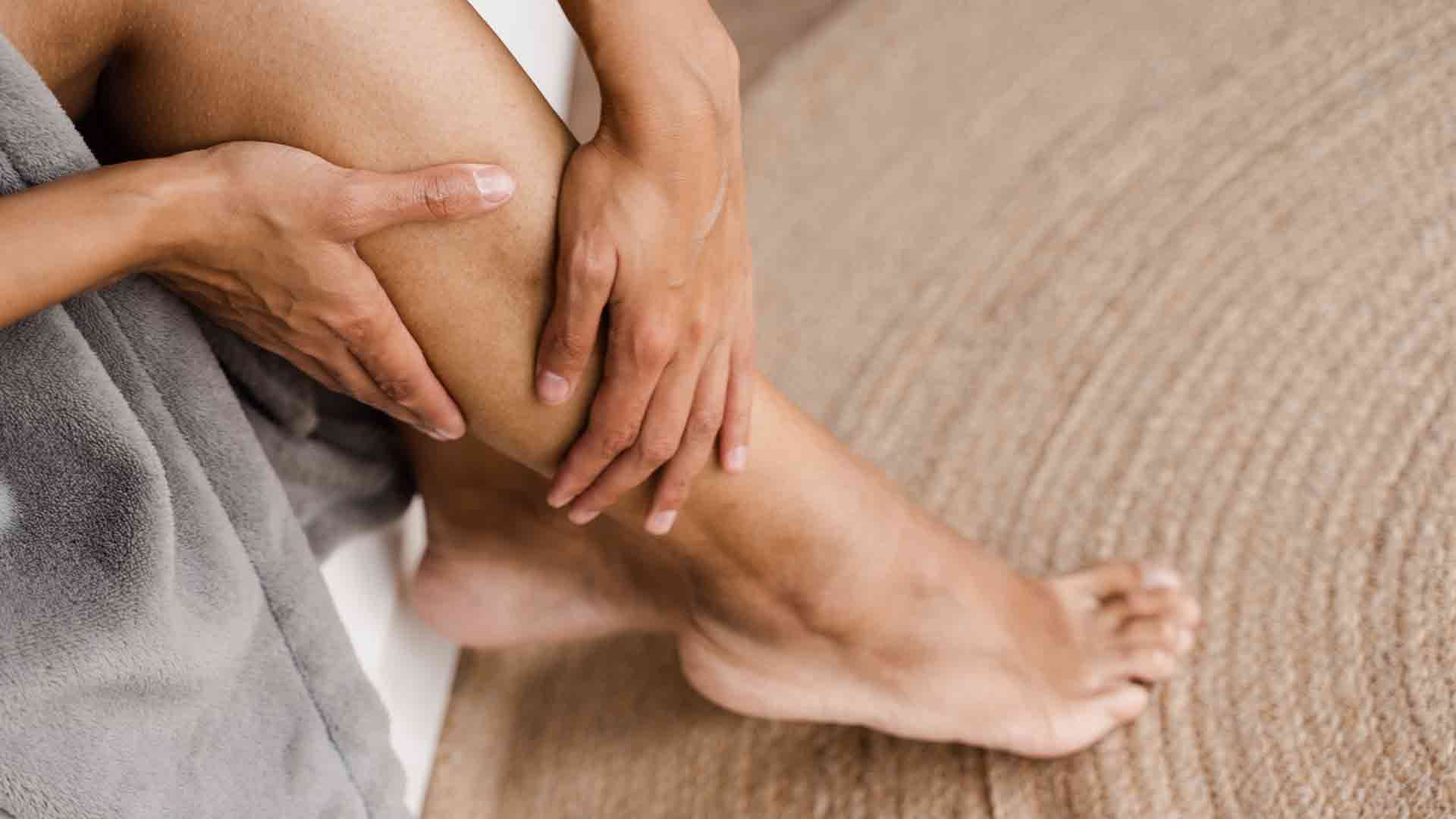What Causes Restless Leg Syndrome?
The exact cause of Restless Leg Syndrome is not fully understood, but researchers believe it may be linked to an imbalance of dopamine, a brain chemical that controls muscle movements. In some cases, RLS runs in families, suggesting a genetic component. Other contributing factors may include:
- Chronic Venous Insufficiency (CVI): Poor circulation, especially in the legs, can lead to the development of RLS. Blood pooling in the veins may contribute to the uncomfortable sensations and urge to move.
- Iron deficiency: Low levels of iron in the brain can disrupt dopamine production, leading to RLS symptoms.
- Chronic conditions: Certain conditions like kidney disease, diabetes, and peripheral neuropathy are linked to a higher risk of RLS.
- Pregnancy: Pregnant women, particularly in the third trimester, may experience RLS, though it often resolves after childbirth.
- Medications: Some medications, such as antihistamines, antidepressants, and certain antipsychotic drugs, can exacerbate RLS symptoms.
- Lifestyle factors: Smoking, alcohol, caffeine, and a sedentary lifestyle can also contribute to worsening RLS.
Tips to Stop Restless Leg Syndrome at Night
If you’re struggling to manage RLS and it’s affecting your sleep, here are some practical tips and strategies to help reduce symptoms and promote restful sleep.
1. Create a Relaxing Bedtime Routine
Establishing a calming bedtime routine can help signal to your body that it’s time to wind down. Consider incorporating the following:
- Take a warm bath: The heat from a bath can relax your muscles and improve circulation, easing RLS symptoms.
- Massage your legs: Gently massaging your legs can help alleviate the uncomfortable sensations associated with RLS and promote relaxation.
- Practice deep breathing or meditation: Stress can worsen RLS symptoms, so engaging in relaxation techniques before bed can help calm your mind and body.
2. Incorporate Regular Exercise
Exercise can improve circulation and overall muscle function, which may reduce the intensity of RLS symptoms. However, it’s important to avoid vigorous exercise too close to bedtime, as it can have the opposite effect and make it harder to fall asleep.
Some good forms of exercise for managing RLS include:
- Walking: A daily walk can help reduce leg discomfort and improve circulation.
- Stretching or yoga: Gentle stretching, especially before bed, can help relieve the muscle tension associated with RLS.
- Swimming: The water’s buoyancy and resistance make swimming an ideal low-impact exercise for improving circulation and muscle tone.
3. Consider Dietary Adjustments
Certain nutrients, like iron and magnesium, play a key role in muscle and nerve function. If you have a deficiency in these minerals, it can worsen RLS symptoms.
- Iron-rich foods: Include foods like lean meats, spinach, lentils, and fortified cereals in your diet. In some cases, an iron supplement may be necessary, but be sure to consult your doctor first.
- Magnesium-rich foods: Magnesium helps with muscle relaxation, so consider eating foods like nuts, seeds, whole grains, and dark leafy greens to support healthy nerve and muscle function.
- Limit caffeine and alcohol: Both of these can disrupt sleep patterns and exacerbate RLS symptoms, so it’s a good idea to reduce or eliminate them, especially in the evening.
4. Use Compression Stockings
Wearing compression stockings can help improve blood flow in your legs and reduce the discomfort caused by poor circulation. Compression garments are often recommended for individuals with Chronic Venous Insufficiency (CVI) or other circulatory issues. By promoting better blood flow, these stockings may help alleviate the need to move your legs at night.
5. Consider Medications and Supplements
For more severe cases of RLS, medications may be necessary to manage symptoms. There are several options available:
- Dopamine agonists: These medications mimic dopamine in the brain and help regulate muscle movements.
- Iron supplements: If a blood test reveals that you have low iron levels, your doctor may prescribe an iron supplement.
- Muscle relaxants or sleep aids: In some cases, doctors may prescribe medications that help with sleep or muscle relaxation.
It’s important to speak with a healthcare professional before starting any new medication or supplement, as they can guide you based on your individual needs.
6. Adjust Your Sleep Environment
Sometimes, making changes to your sleep environment can make a big difference in managing RLS at night:
- Keep your bedroom cool: A cooler room can help reduce the uncomfortable sensations in your legs.
- Use weighted blankets: Some people with RLS find that using a weighted blanket helps calm their legs by providing gentle pressure.
- Elevate your legs: Prop up your legs with pillows to improve circulation while you sleep.
7. Practice Good Sleep Hygiene
Developing healthy sleep habits can improve your overall sleep quality and help mitigate RLS symptoms:
- Stick to a sleep schedule: Go to bed and wake up at the same time every day, even on weekends, to regulate your body’s internal clock.
- Limit screen time: The blue light emitted by phones and other devices can interfere with melatonin production and make it harder to fall asleep. Try to limit screen time an hour before bed.
- Avoid late-night snacks: Eating heavy or rich foods right before bed can disrupt sleep. Opt for light snacks if you feel hungry before bedtime.
Conclusion
Restless Leg Syndrome can make it difficult to fall asleep or stay asleep, but there are several strategies Dr. Kronson’s team can implement to address the root causes, manage symptoms, and improve your sleep quality. If symptoms persist, make an appointment with experts at Kronson Vein Institute.


